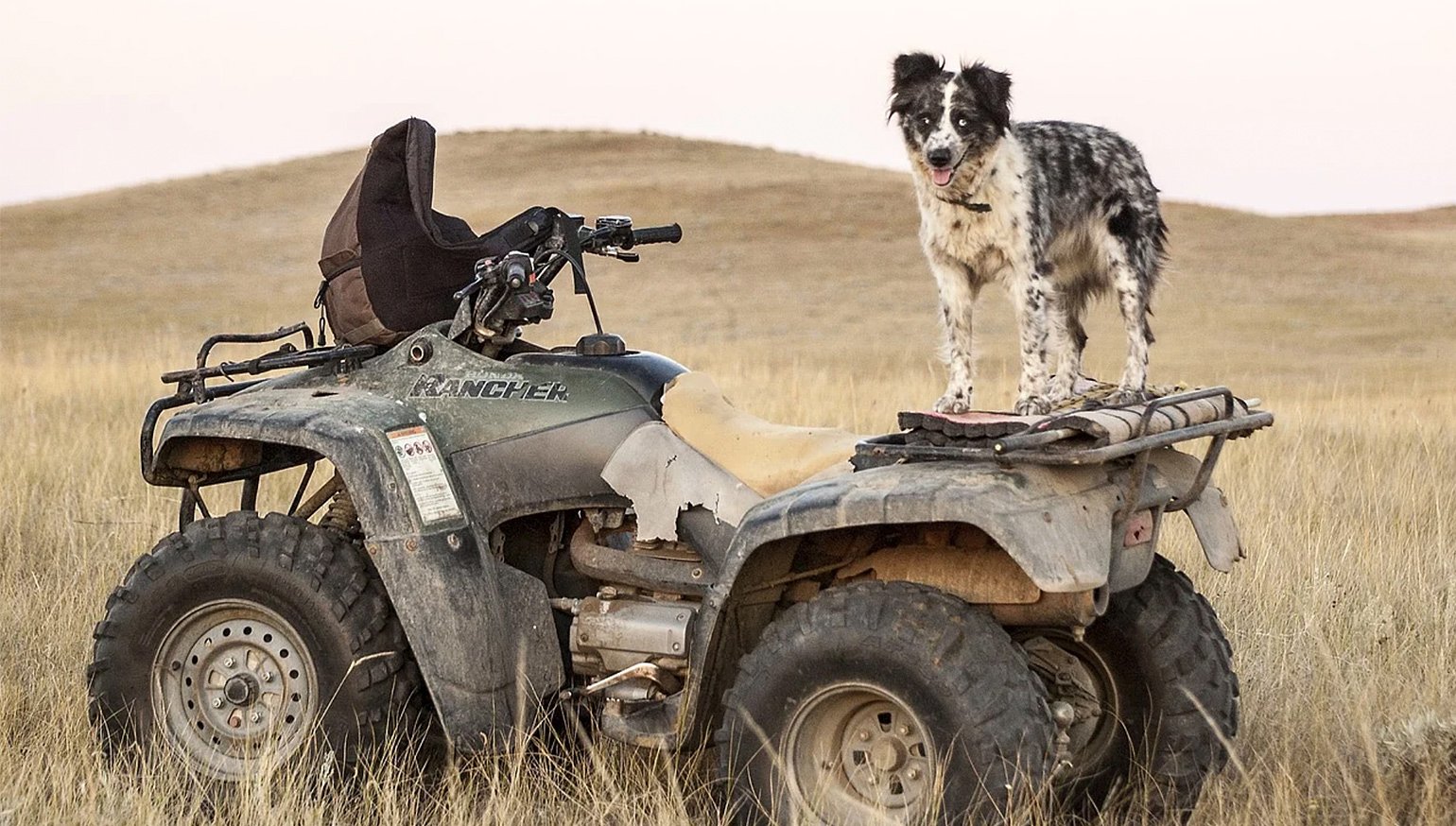Utility four-wheelers, which Australians often call quad bikes, became the center of a national safety debate in the last year. When the dust settled, Honda, Yamaha, and Polaris had pulled out of the utility quad market, offering motorcycles and side-by-sides (SXS) instead. What happened?
Quads are hardworking staples on farms and forestry operations across Australia. The quad’s two-wheeled counterpart is a tough, simple dual-sport or dirt bike known as an “ag bike.” Examples include the Honda CTX200, the Yamaha AG200, the Suzuki Trojan, and the Kawasaki Stockman. (Mark Gardiner actually reviewed a 2WD electric ag bike for Common Tread, the Ubco 2x2.) The SXS is a relative newcomer that’s becoming increasingly popular. Together, quads, ag bikes, and SXSes help keep Australia’s agricultural and forestry industries moving.

Recent concerns over quad safety may put more of that burden on ag bikes and SXSes, because Honda, Yamaha, and Polaris deeply disagree with consumer watchdog groups that pushed for additional quad safety requirements. The main voice for quad safety reform is the Australian Competition and Consumer Commission.
An ACCC study on Australian quad safety found 128 quad fatalities between 2012 and 2018, 62 of which were workers. Every day, six riders will go to the ER for quad injuries, and two of the six will require hospitalization. (It’s worth noting that the linked report includes sport quads, kids’ quads, and general use quads in those figures.) This adds up to “at least AUS$204 million per year, not including intangible costs.” Tragically, one in seven Australian quad fatalities are kids under 16, and a third are adults over 60. It is illegal for kids to operate full-sized quads, but it does happen. Australian quad riders are not required to wear helmets.
Most quad fatalities and injuries come from rollovers caused by fast turns, steep inclines, towing, or riding across unstable terrain. On farms, obstacles hidden in fields can also be dangerous. The ag bike is less susceptible to some of these risks at the expense of power, cargo space, and towing ability. SXSes can roll, too, but they typically have more robust rider protection.
Quad safety legislation was eventually passed in October of 2019. More warning stickers and information were required with new quads. Most controversially, a rollover bar called an Operator Protection Device (OPD) will be required by law for all new quads sold by late 2021. The OPD is effectively a hoop intended to prevent full rollover of the quad. Here’s a video of an established design called the ATV Lifeguard. It’s worth watching just to see a guy intentionally roll a quad over himself.
In the months since the OPD mandate was passed, Honda, Yamaha, and Polaris have pulled out of the Australian utility quad market, citing concerns about the actual safety of OPDs. They argue that more studies must be done before OPDs should be required, that they don't replace proper operator training, and that OPDs may provide a false sense of security. They also point to behavioral issues that should be addressed, like operators not wearing helmets or kids riding full-size quads. Honda, the largest player in the Australian utility quad market, responded to the new rulings with this decisive statement.
Honda supports “mandating helmets for all ATV riders, mandating rider training, [and] banning children under 16 years of age from riding adult size ATVs.” Honda also asked for more evidence-based studies before they’d consider selling quads with OPDs. Until then, no sale. Yamaha arrived at the same conclusion. Alan Collins, Managing Director of Polaris Australia and New Zealand, said that customers are flocking to side-by-side (SXS) vehicles, anyway, and even without the safety debate, Polaris would be getting out of the quad market to focus on SXS. The United States has seen similar explosions in sales of SXS products.
Is this a rider problem, or a vehicle design problem? The Australian government and these three manufacturers have come to very different conclusions. For farmers looking to buy new equipment from these manufacturers, it might even become a quads versus ag bikes versus SXS issue. Those old enough to remember the days of three-wheelers know that legislation can effectively end an entire class of vehicle.
Sport quads and kids' quads are not required to have OPDs, and they’ll still be sold in Australia by these three manufacturers. Secondhand quads are not required to retrofit OPDs. And the discussion of safety reform continues for Australians. It’s a conversation worth watching, because they may set a precedent for the rest of the world.









